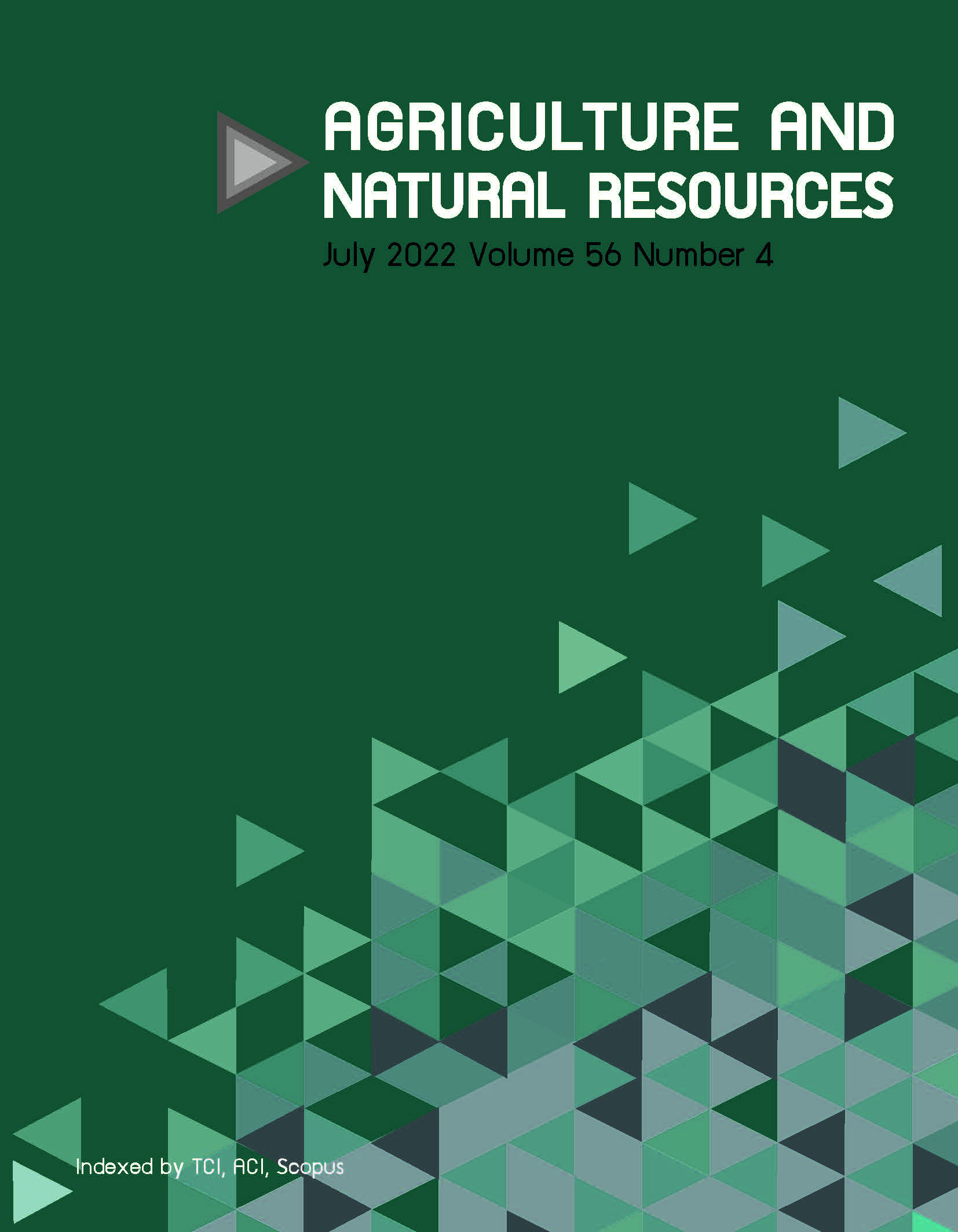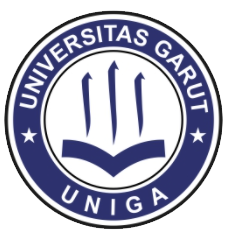
Haris Maulana, Hanny Hidayati Nafiah, Eso Solihinc, Dedi Ruswandi, Mahfud Arifin, Suseno Amien, Agung Karuniawan

- Jurnal Internasional
- Haris Maulana, Hanny Hidayati Nafiah, Eso Solihinc, Dedi Ruswandi Mahfud Arifin Suseno Amien, Agung Karuniawan
- AGRICULTURE AND NATURAL RESOURCES, Vol. 56 No. 4 (2022): July-August Thailand:761–772. https://li01.tci-thaijo.org/index.php/anres/article/view/256139.
Abstrak
mportance of the work: The yield is an important component when determining the probability
of success of new high-yielding plant varieties.
Objectives: To estimate the influence of genotype-by-environment interactions (GEIs) on sweet
potato yields, to select stable genotypes using various methods in multi-environments and to
estimate the relationship between environmental factors and sweet potato yields in West Java,
Indonesia.
Materials & Methods: The genetic materials used were eight new breeding genotypes and
two commercial varieties as checks. Field experiments were conducted in five environments
(Karawang, Garut, Jatinangor, Cileles and Bandung) in West Java, Indonesia, using a randomized
completed block design. Data were analyzed using: combined analysis of variance, parametric and
non-parametric stability measurements, genotype plus genotype-versus-environment interaction
(GGE) biplots and Pearson’s correlation.
Results: The environments and GEIs had an effect on sweet potato yields at 37.89% and
45.09%, respectively. The GGE biplot analysis showed that of the five environments, Garut and
Karawang were the most discriminative and representative. Therefore, these two environments are
recommended as being ideal in West Java for the selection of optimal sweet potato genotypes. The
numerical and graphical methods produced the same results, identifying genotypes 57/97(G2) and
Rancing (G6) as the optimal genotypes in West Java. The correlation analysis showed that each
genotype had a different correlation with the various environmental factors.
Main finding: Information on GEIs can be used as a basis for research on sweet potato development
in wider environments. The two genotypes have the potential to be developed into new sweet potato
superior genotypes.
Lihat Dokumen
